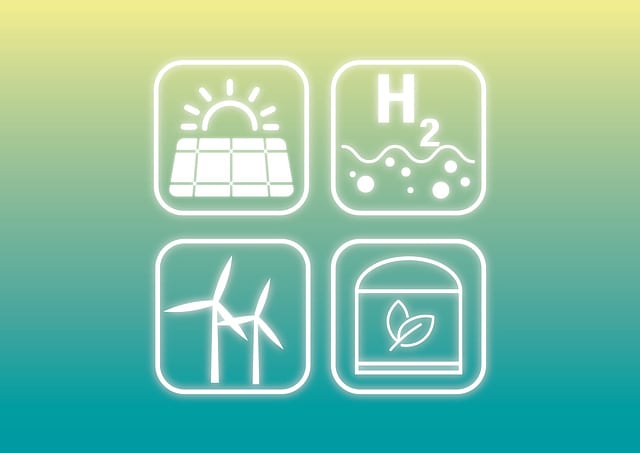In the quest for sustainable energy solutions, researchers have achieved a significant breakthrough: electrodes capable of extracting hydrogen directly from seawater. This innovation addresses the limitations of traditional water electrolysis methods, which heavily rely on freshwater. By harnessing the power of a unique alloy composition, these electrodes offer a cost-effective and environmentally friendly alternative to precious metal electrodes. Moreover, their durability promises long-term viability, making them a promising solution for regions with abundant seawater resources. This article explores the implications of this breakthrough in advancing clean energy initiatives and diversifying hydrogen production sources.
Three Key Takeaways:
- Seawater Solution: Researchers have developed electrodes that enable direct hydrogen production from seawater, reducing reliance on freshwater and opening new avenues for clean energy in water-scarce regions.
- Alloy Advancement: These electrodes, crafted from a unique alloy of nine non-noble metals, offer a cost-effective and environmentally friendly alternative to precious metal electrodes traditionally used in electrolysis.
- Durability and Potential: Rigorous testing shows that these alloy electrodes can sustain high performance levels for over a decade, powered by renewable energy sources like solar power, making them a promising solution for long-term, sustainable hydrogen production.
Hydrogen is hailed as the fuel of the future, offering a clean and sustainable alternative to fossil fuels. One of the most promising methods for producing hydrogen is through water electrolysis, a process that splits water molecules into hydrogen and oxygen using an electrical current. However, traditional electrolysis methods have relied heavily on freshwater, posing a challenge in regions with limited water resources.
Enter the latest breakthrough: a revolutionary electrode design that enables direct hydrogen production from seawater. Unlike conventional electrodes made of precious metals like platinum and iridium, which are expensive and environmentally taxing, these new electrodes are crafted from a unique alloy composed of nine non-noble metals. This innovative approach not only reduces costs but also mitigates environmental concerns associated with precious metal mining and disposal.
But the benefits don't stop there. By tapping into seawater, this breakthrough technology opens up new possibilities for hydrogen production in regions where freshwater is scarce but sunlight is abundant, such as coastal deserts. This means that areas previously deemed unsuitable for traditional electrolysis methods can now become hubs for clean hydrogen production, helping to diversify energy sources and reduce reliance on fossil fuels.

Moreover, the durability of these alloy electrodes is a game-changer. Rigorous testing, including accelerated degradation tests simulating real-world conditions, has shown that these electrodes can maintain performance levels for over a decade when powered by renewable energy sources like solar power. This longevity not only ensures a reliable supply of hydrogen but also reduces maintenance costs and extends the lifespan of electrolysis systems.
This breakthrough represents a significant step forward in the quest for clean energy. By harnessing the power of seawater and leveraging innovative electrode designs, we can unlock new opportunities for sustainable hydrogen production, paving the way towards a greener and more resilient future for generations to come.
Furthermore, this groundbreaking advancement in hydrogen production coincides with the global focus on water technologies showcased at events like Watertech China. Scheduled from June 3-5 at the National Exhibition and Convention Center, Watertech China serves as an international expo highlighting cutting-edge innovations in water treatment, conservation, and management. As the world embraces sustainable practices, gatherings like Watertech China offer a platform for experts, innovators, and policymakers to exchange ideas and collaborate on solutions to pressing environmental challenges. This convergence of efforts underscores the interconnectedness of clean energy and water sustainability, emphasizing the importance of holistic approaches in shaping a more sustainable future.
